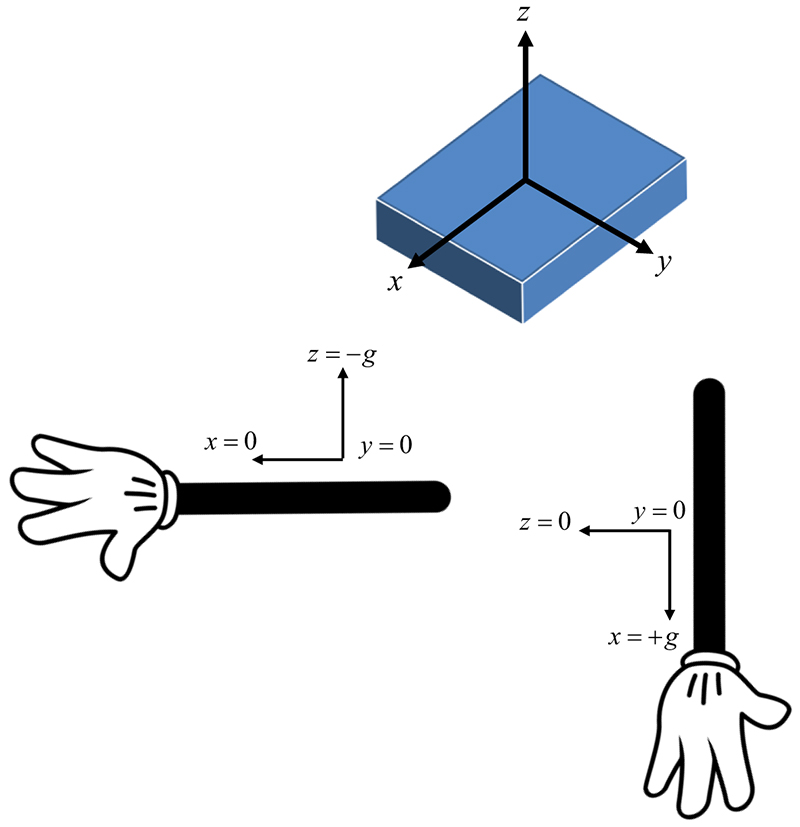Wearable smart device incorporating real-time clock module and alcohol sensor
DOI:
https://doi.org/10.18502/keg.v2i2.633Abstract
In this work, we designed and built a wearable device with battery-saving and alcohol-sensing functions. The motivation for this device was to deliver a proof-of-concept wearable and functional device which alerts the user of possible alcohol breath level above a threshold limit and can be worn for an extended time due to battery saving features. It was built using a combination of Arduino electronics and sensors, and encased in 3D-printed ABS bracelet. A 4-digit 7-segment LED display on board is used to display time which is tracked using a real-time clock module. A 3-axis accelerometer determines the orientation of the device and activates the display only when it is held in a specific orientation by the user. An example is when two axes are normal to the gravitational pull while a single axis is in line with gravity to simulate users raising their arm parallel to the ground. A slight tolerance in the setting ensures that the threshold for activation is not overly strict. This will ensure that the LED display is activated over a narrow range of orientations. The alcohol sensor is sensitive to alcohol content in the air. The threshold for detection can be changed and calibrated to the user specific needs. The alcohol sensor is slightly sensitive to humidity and very sensitive to alcohol. It has been tested with ethanol, wine and beer with 95%, 12.5% and 4.55% alcohol content, respectively. Because the alcohol sensor works by using a resistor that continuously pulls current and detects changes in resistivity due to adsorption of alcohol molecules, it consumes a lot of power when turned on continuously. In order to conserve power, the sensor can be activated only when the device is oriented in a specific position or when the user pushes a button. An Arduino Nano board is used to reduce the overall size of the device. It is powered using an external 5V battery via a mini-USB connector. In order to reduce the number of IO pins used, the RTC, LED and accelerometer were configured to use I2C interface connections. A default SCL clock speed of 100 kHz is used and the component IOs are connected to a common SDA line which terminates at one analog pin. In normal operation, the RTC is configured to read time continuously at one second interval. It is preprogramed with the correct date and time prior to operation of the device.


